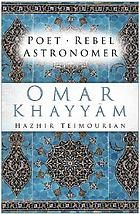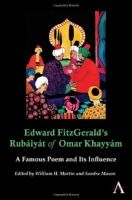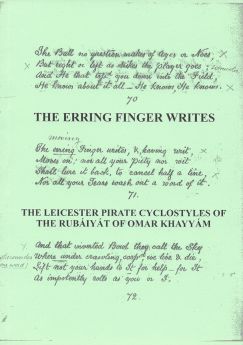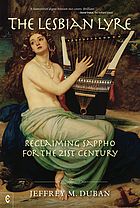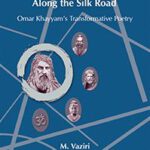Nation and Memory. Commemorations and the Construction of National Memory under Reza Shah. Afshin Marashi.
In: Nationalizing Iran. Culture, power, and the state, 1870-1940. Afshin Marashi. Seattle, University of Washington Press, 2011. ISBN 9780295800615
On a Fall morning in November 1934, several dozen european orientalists made a pilgrimage to pay their respects at the mausoleum of Omar Khayyam, the thirteenth-century Persian poet whose famous Rubaiyat had long been canonized as a masterpiece of Persian literature. The group of pilgrims included such luminaries in the study of Iranian art, literature, and culture as Henri Massé, Jan Rypka, Arthur Christensen, and Vladimir Minorsky. The gathering at Omar Khayyam’s grave was more than a casual homage, it was what the French historian Pierre Nora described as a lieu de mémoire, a symbolic event, site, or object designed to “inhibit forgetting, to fix a state of things, to immortalize death, and to materialize the immaterial . . . all in order to capture the maximum possible meaning with the fewest possible signs.”
